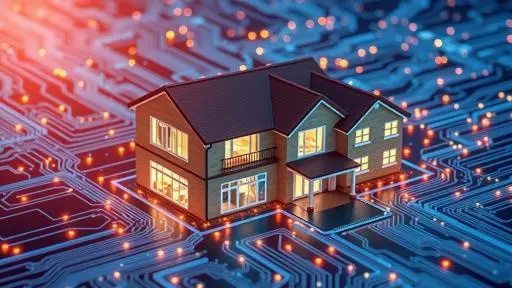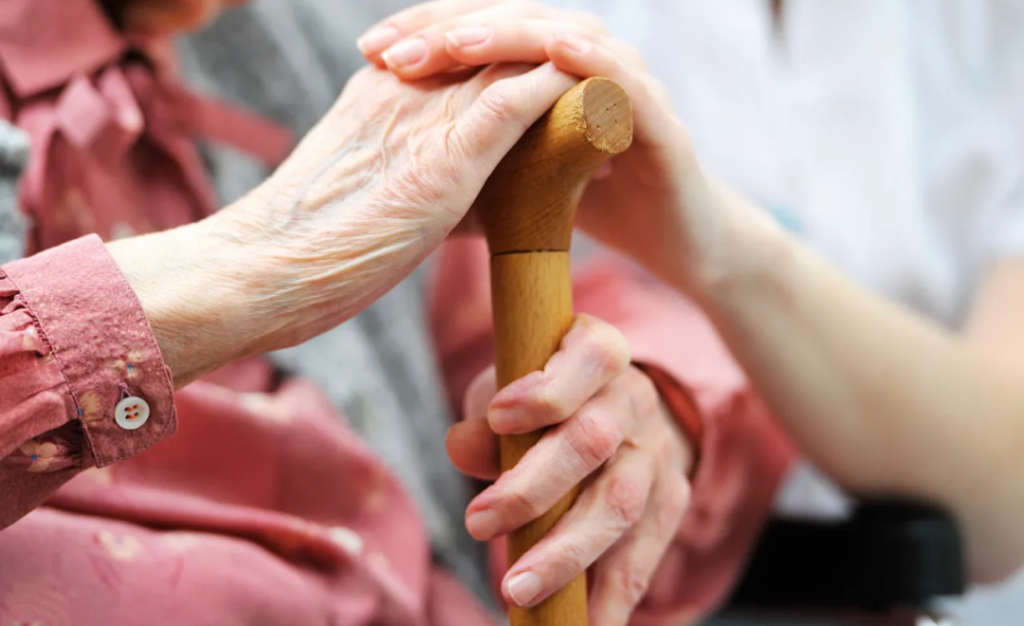Care Home Technology: Reducing Costs Through Innovation in 2025

Introduction:
The care home sector is experiencing a transformative revolution in 2025, driven by unprecedented challenges and technological innovation. As care providers navigate rising operational costs and increasing regulatory demands, technology-enabled care solutions have emerged as the definitive answer to both financial sustainability and enhanced care quality. This comprehensive analysis, backed by real-world data and industry expertise, demonstrates how strategic technology investment is reshaping the future of care delivery in the United Kingdom.
The Evolution of Care Home Management in 2025
The landscape of care home management has undergone a remarkable transformation in recent years, catalysed by economic pressures and accelerated by technological advancement. As National Insurance contributions continue their upward trajectory and operational costs reach new heights, care home operators find themselves at a crucial crossroads. Traditional approaches to cost management – often centred around staff reduction or service limitations – have proven increasingly inadequate in meeting modern care standards while maintaining financial viability.
In this challenging environment, forward-thinking care providers are discovering that smart care home solutions offer not just a stopgap solution but a fundamental reimagining of how care is delivered. This shift represents more than mere digitisation; it marks a comprehensive transformation in how care homes operate, monitor, and enhance resident care while optimising resource utilisation through advanced care home management systems.
The Financial Landscape: A Perfect Storm
Today’s care homes face a complex web of financial challenges that extend far beyond simple cost management. With staffing expenses now consuming an unprecedented 60-65% of typical care home budgets, operators must navigate an increasingly complex financial landscape while maintaining exemplary care standards. This situation is further complicated by several interconnected factors that create a perfect storm of financial pressure:
- Rising National Insurance contributions have placed additional strain on already stretched budgets, forcing operators to seek innovative solutions to maintain staffing levels without compromising care quality.
- Operational costs continue to climb across all aspects of care home management, from utilities and maintenance to supplies and equipment.
- The regulatory landscape grows increasingly complex, with new requirements demanding additional resources and investment in compliance measures such as care home compliance technology.
- Staff recruitment and retention have become critical challenges, with associated costs rising dramatically. The competitive job market has driven up wages while training and development expenses continue to increase. Meanwhile, resident expectations have evolved, with families and residents alike demanding higher standards of care and more personalised attention, requiring additional resources and sophisticated care solutions.
Technology Solutions: The New Frontier in Cost Reduction
Smart Monitoring Systems: Revolutionising Care Delivery
At the forefront of care home innovation, smart monitoring systems have emerged as the cornerstone of modern care delivery. These sophisticated platforms represent far more than simple surveillance tools; they are comprehensive care management solutions that integrate artificial intelligence, sensor technology, and predictive analytics to transform how care is delivered and monitored.
The impact of these systems has been nothing short of revolutionary, with participating care homes reporting an extraordinary 84% reduction in fall incidents. This dramatic improvement is accompanied by a transformation in response times, which have plummeted from an average of 57 minutes to just 2 minutes – a change that can mean the difference between minor and major incidents. The financial implications are equally impressive, with care homes experiencing significant reductions in insurance premiums and hospitalisation costs.
These systems operate continuously, providing 24/7 monitoring without the need for increased staffing levels. They use advanced algorithms to detect potential incidents before they occur, allowing staff to intervene proactively rather than reactively. This preventative approach not only enhances resident safety but also contributes to substantial cost savings through reduced incident rates and improved resource allocation.
Advanced Technology Integration and Implementation
IoT Integration: The Smart Care Home Revolution
The Internet of Things (IoT) has fundamentally transformed care homes into sophisticated, responsive environments that anticipate and adapt to both resident and staff needs. This technological ecosystem represents far more than a collection of smart devices; it’s a comprehensive network of interconnected sensors, systems, and solutions that work in harmony to optimise every aspect of care home operations.
- Automated temperature control systems utilise advanced algorithms to maintain optimal comfort levels while significantly reducing energy consumption. These systems learn from historical data and resident preferences, automatically adjusting settings throughout different times of day and across various areas of the facility. The result is not just enhanced resident comfort but also substantial energy savings, typically ranging from 15-25% annually.
- Smart energy management extends beyond temperature control to encompass lighting, water usage, and equipment operation. Intelligent sensors detect occupancy patterns and natural light levels, automatically adjusting artificial lighting to maintain optimal conditions while minimising waste. Water management systems monitor usage patterns and can quickly detect potential leaks or inefficiencies, preventing costly water damage and reducing utility bills.
- Predictive maintenance capabilities represent perhaps the most revolutionary aspect of IoT integration. By continuously monitoring equipment performance and analysing operational data, these systems can identify potential issues before they become critical failures. This proactive approach not only prevents costly emergency repairs but also extends equipment lifespan and reduces overall maintenance costs by up to 30%.
- Compliance Management: Advanced systems for Legionella compliance monitoring ensure that water systems meet regulatory standards, reducing health risks and avoiding penalties through automated checks and alerts.
- Air Quality Monitoring: IoT-enabled solutions provide continuous air quality monitoring, playing a pivotal role in infection prevention and control. These systems detect airborne pollutants and pathogens, enabling timely interventions to maintain a safe and healthy environment.
Return on Investment: A Comprehensive Analysis
The financial impact of technology investment in care homes extends far beyond immediate cost savings, creating a multi-layered ROI structure that benefits all stakeholders. Direct financial benefits are substantial and measurable, with care homes reporting significant reductions across multiple cost centres:
- Insurance Premium Reduction: The implementation of advanced monitoring and fall prevention systems has led to insurance premium reductions of 5-15%. These savings are directly attributable to the decreased risk profile and documented improvement in incident prevention and management.
- Staffing Efficiency Gains: Through sophisticated staff management systems and automated monitoring, care homes are achieving 10-20% improvements in staffing efficiency. This doesn’t mean reducing staff numbers but rather optimising their deployment and enabling them to focus on direct care activities rather than administrative tasks.
- Energy and Resource Management: Smart building management systems are delivering energy consumption savings of 15-25%, while predictive maintenance programmes are reducing overall maintenance costs by up to 30%. These savings compound over time, creating substantial long-term financial benefits.
Real-World Impact and Future Considerations
Case Study: Transforming Care Through Technology
The transformative power of technology in care homes is perhaps best illustrated through a groundbreaking pilot project implemented at a care home in Cumbria. This comprehensive case study demonstrates how strategic technology investment can revolutionise care delivery while significantly reducing operational costs.
Prior to implementation, the service faced challenges common to many care homes: extended response times to incidents averaging 57 minutes, limited ability to detect and prevent falls, escalating insurance premiums, and significant staff overtime costs. These issues not only impacted the bottom line but also posed risks to resident safety and care quality.
The implementation of advanced fall detection technology, with integrated smart monitoring systems, led to remarkable improvements across all key performance indicators. Response times were dramatically reduced to just 2 minutes, representing a 96% improvement in emergency response capability. The system achieved a 100% fall detection rate, eliminating the risk of unnoticed incidents. Perhaps most significantly, the facility recorded an 84% reduction in fall incidents through predictive analytics and early intervention capabilities.
Transform Your Care Home Today
The time for technological transformation in care homes is now. Rising costs and increasing demands for quality care make the adoption of smart technology solutions not just an option but a necessity. Care homes that embrace digital transformation thrive in today’s challenging environment.
Contact Spark Care today to book your free discovery call and unlock the potential of innovative technology for your care home. Our experts are ready to guide you every step of the way. Schedule your call now and start transforming your care delivery and operational efficiency:




